The Ever-Changing Celebration of Halloween
October 30, 2020
Halloween is a time of spooks and scares. A time where we dress up and go trick or treating. It is a time of parties. But what was it originally? How did it come to be what we know it as today?
It all started with the Celts. For them, October was the end of the lively summer and the beginning of deadly winter. They saw October 31st as the day when the spirit world was closest to the human world. That was the day they would cross over and interact with humans. To appease the spirits and gods, they had a festival. People would light bonfires, wear costumes to ward off ghosts, and play pranks on each other. This celebration was called Samhain (pronounced sow-in), which translates to ‘summer’s end’ in modern Irish. Samhain was a time of change.
All of this began to change when the Roman Empire had conquered the majority of Celtic lands by 43 AD. During the 400 years the Celtic lands were ruled, the celebration of Samhain was combined, with two Roman festivals that also occurred at this time. The first was Feralia, which commemorated the dead, and the second honored Pomona, the Roman goddess of fruit and trees.
This combination created a new celebration. One that belonged to two distinct cultures. One that had only just begun it’s transformation.
In 601 AD, Pope Gregory I issued a new command to missionaries regarding the practices of other religions: rather than destroy their beliefs or practices, the missionaries should use them to bring the people into Christianity.
Christianity spread, covering new lands, and crossing cultures, and eventually came across the Celts around 1000 AD. After seeing the celebration of Samhain (now with Roman influence), the missionaries did what the Pope had asked. The church made two holidays right after Samhain in an attempt to attract the Celts. November 1st as All Saints Day to honor the saints, and the 2nd as All Souls Day, a day where the dead are honored.
All Saint’s Day was also known as All-Hallows, and was meant to be filled with thoughts of what is holy. This made the day before, Samhain, All-Hallows Eve, and eventually Halloween. Both All Saints Day and All Soul’s Day were celebrated very similarly to Samhain. People danced, lit bonfires, dressed up as angels, saints, and devils, and celebrated.
Centuries later, when Europeans started coming to America, they did not bring the celebration of Halloween with them, because it was not a part of their culture. Instead, they had their own version of harvest festivals, complete with spooky ghost stories, fortune telling, dances, and singing.
Halloween made it’s fashionably late appearance in the middle of the 19th century, when a large number of new immigrants started to flood in, especially those of Irish origin. Their practices of Halloween meshed with America’s autumn celebrations, bringing in the many traditions we see today, like trick or treating. People dressed up as spirits and monsters, and traveled house to house, asking for food or money.
Later that century, people did not want to risk interacting with the ‘dark’ spirits that Halloween traditions brought, so Americans started a movement to make Halloween more about family and community, than about ghosts, witchcraft, or pranks. Parties, filled with games, food, and friendly costumes, began to emerge.
Eventually, by the 1920s and 30s, Halloween lost the superstitious and religious overtones it had previously been associated with. It also began to be aimed more at the younger generation. Even being celebrated in schools.
This is the tale of Halloween. One full of changes, a cycle of new beginnings. All set during the time when summer ends and winter begins.

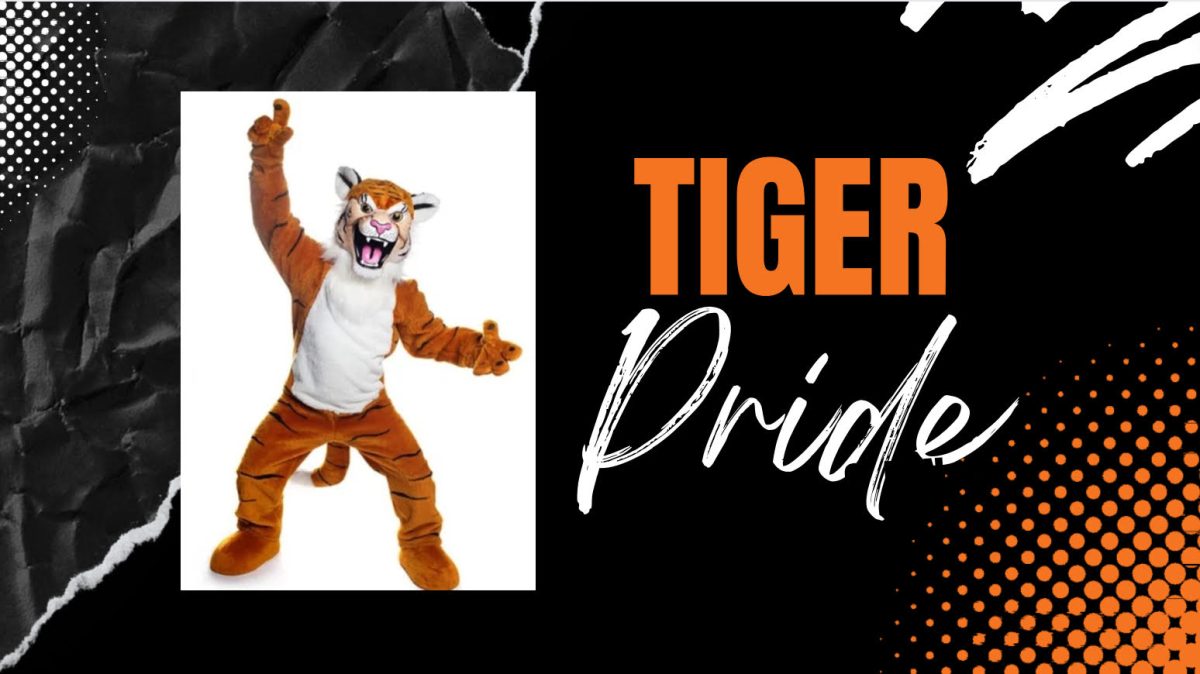
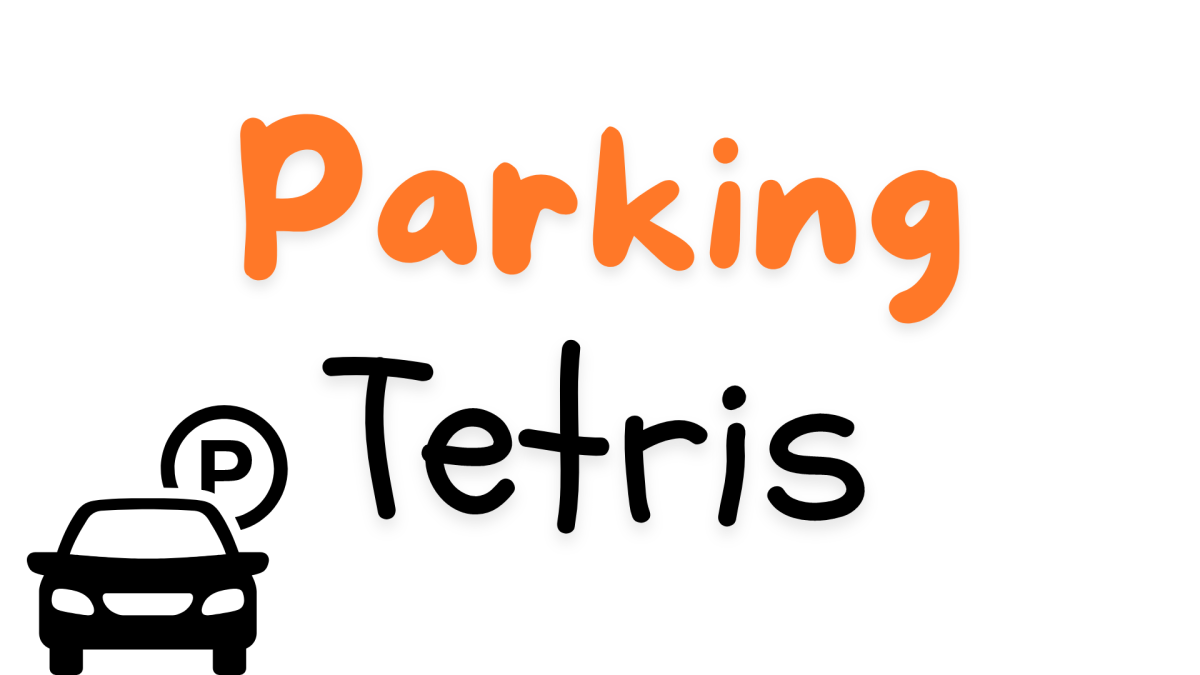
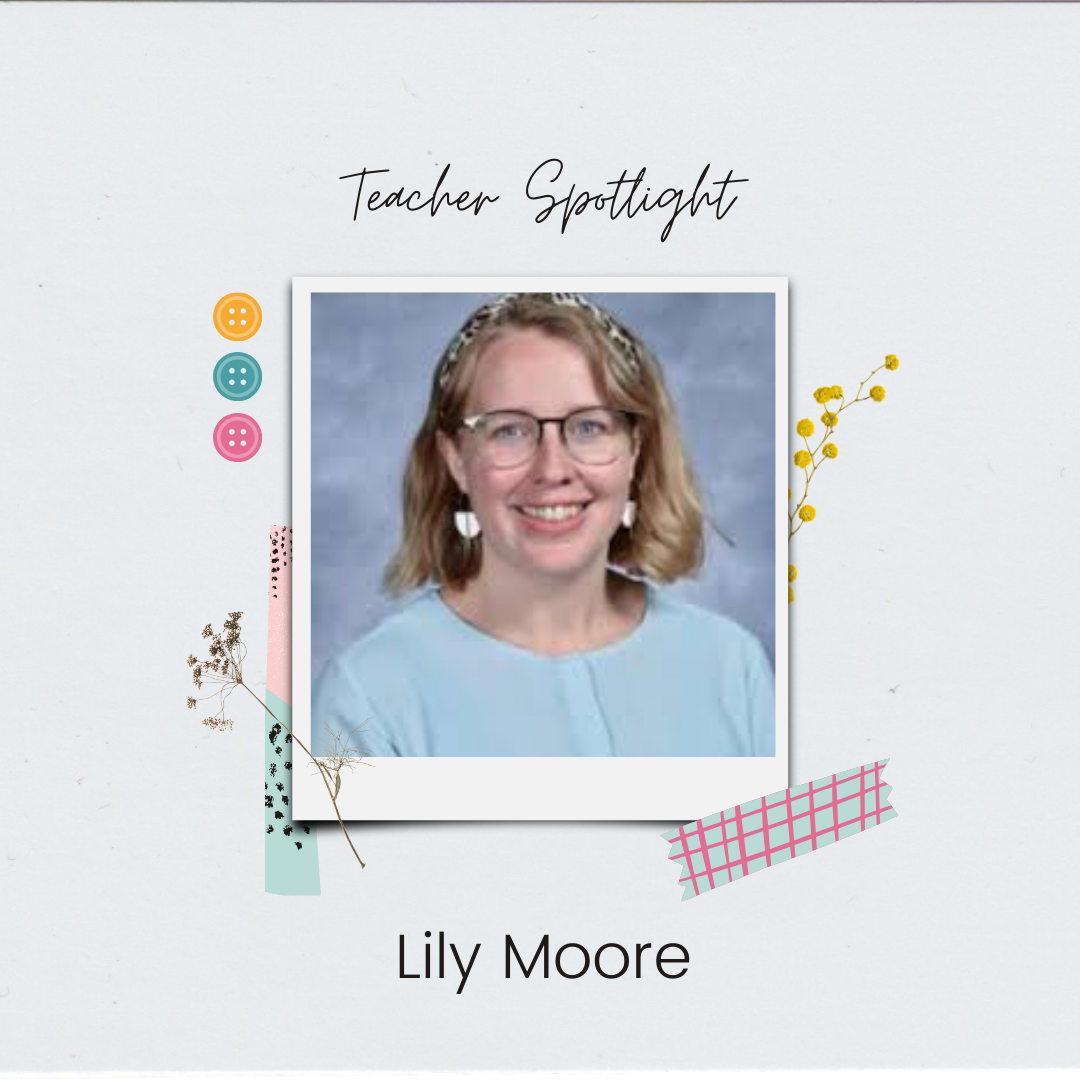
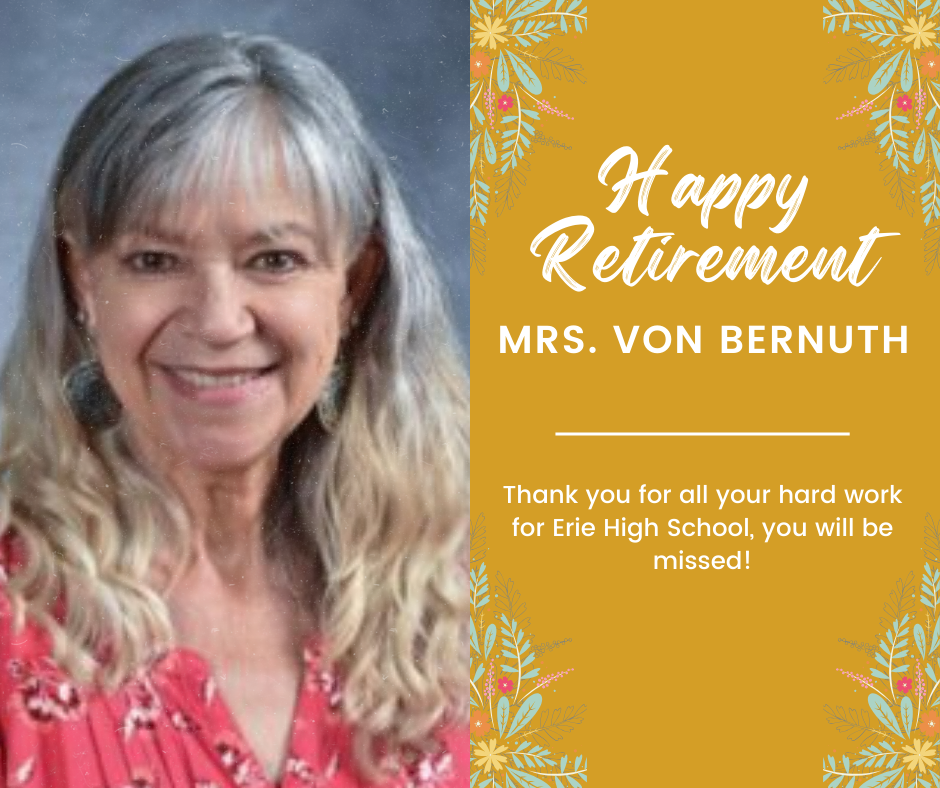
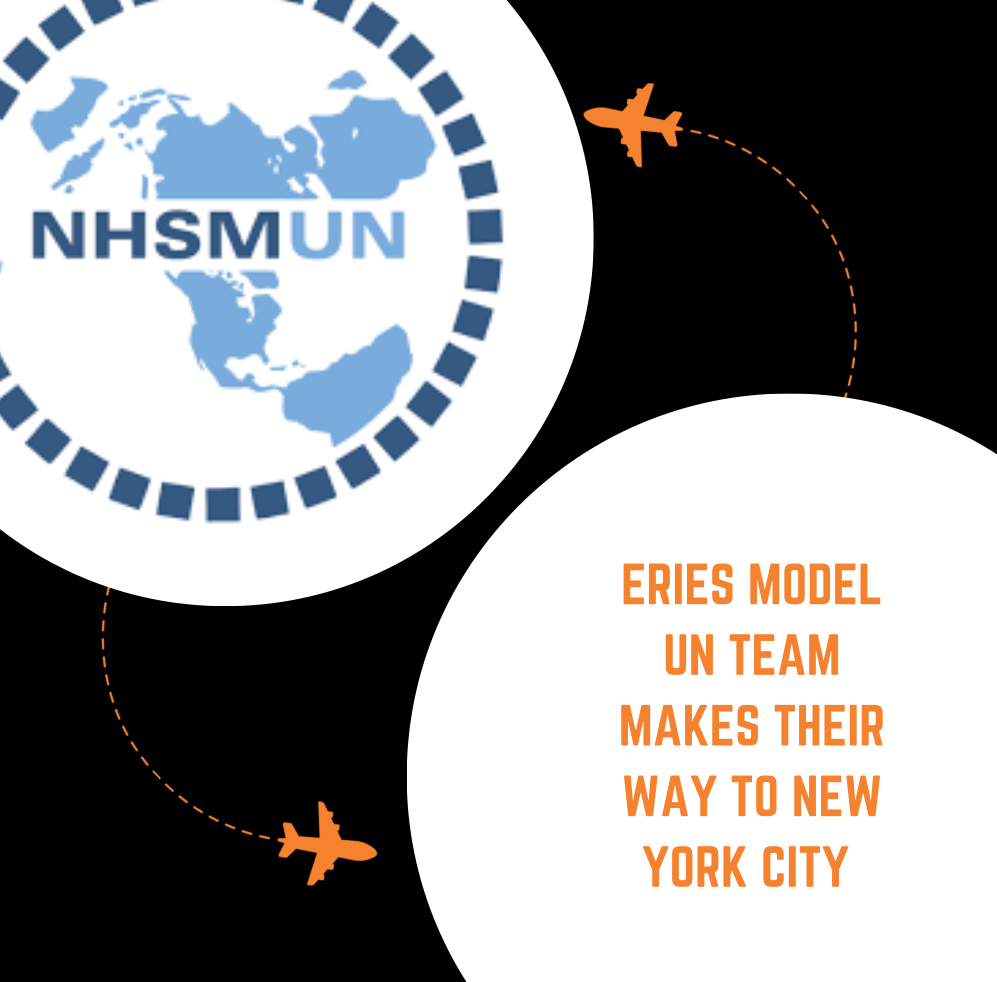
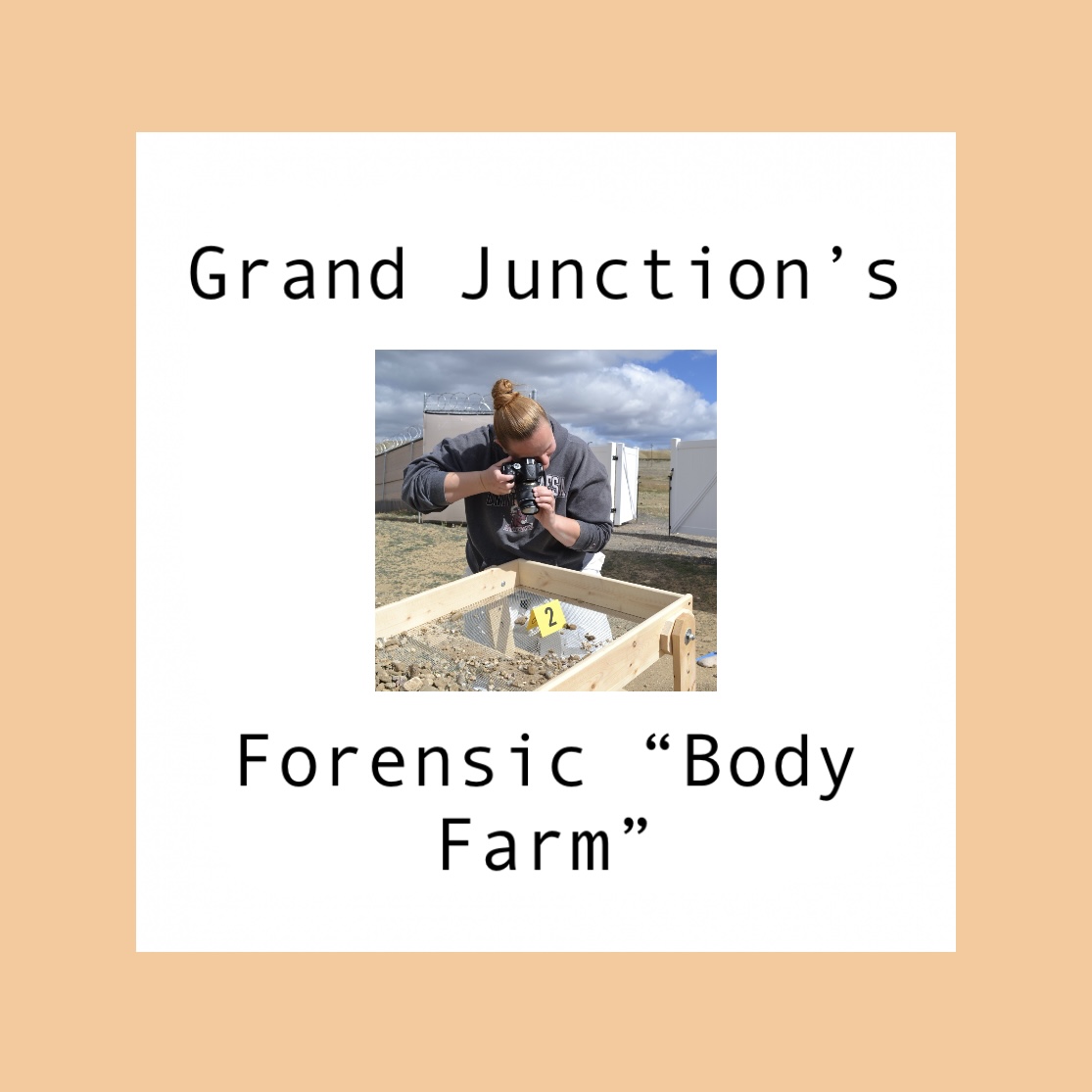


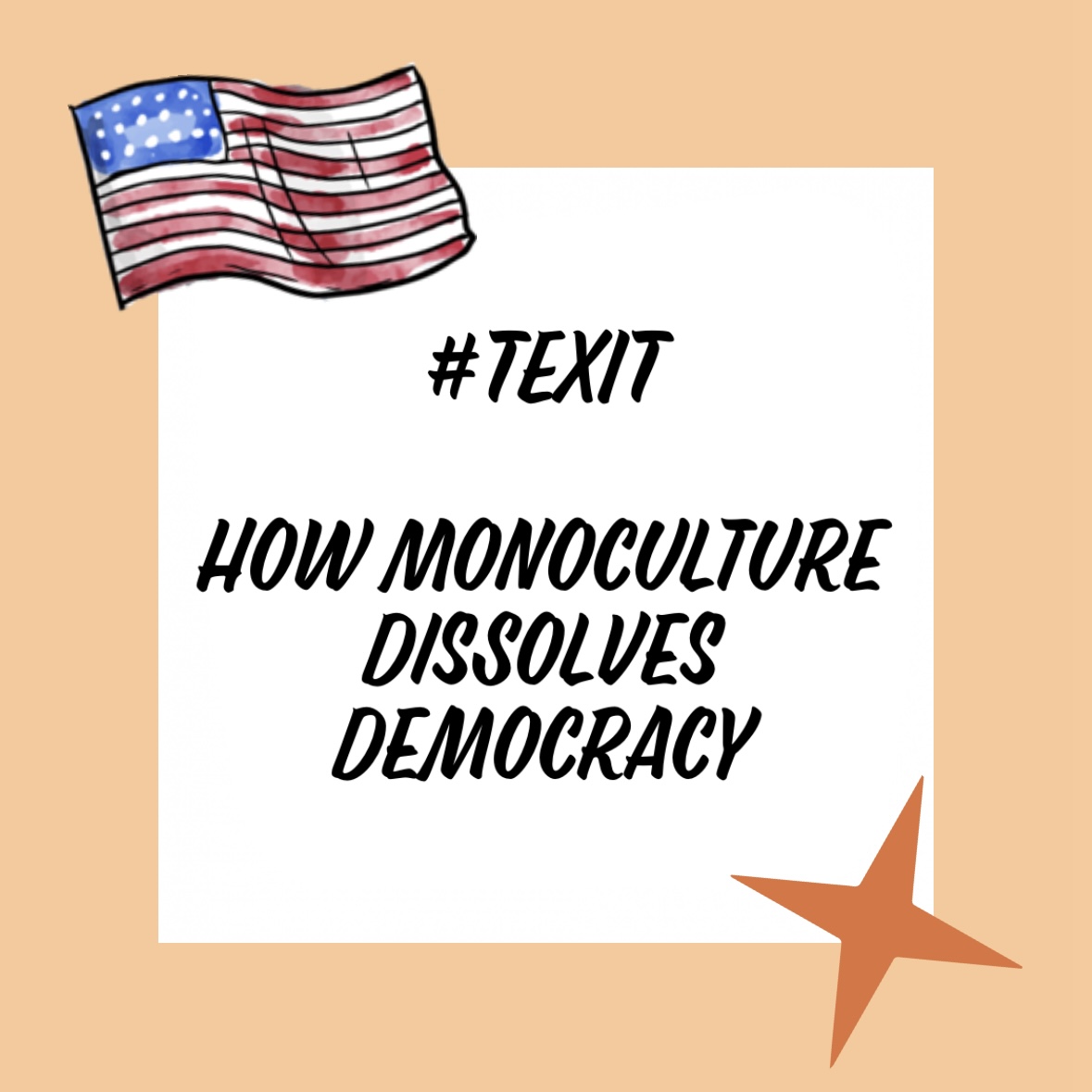



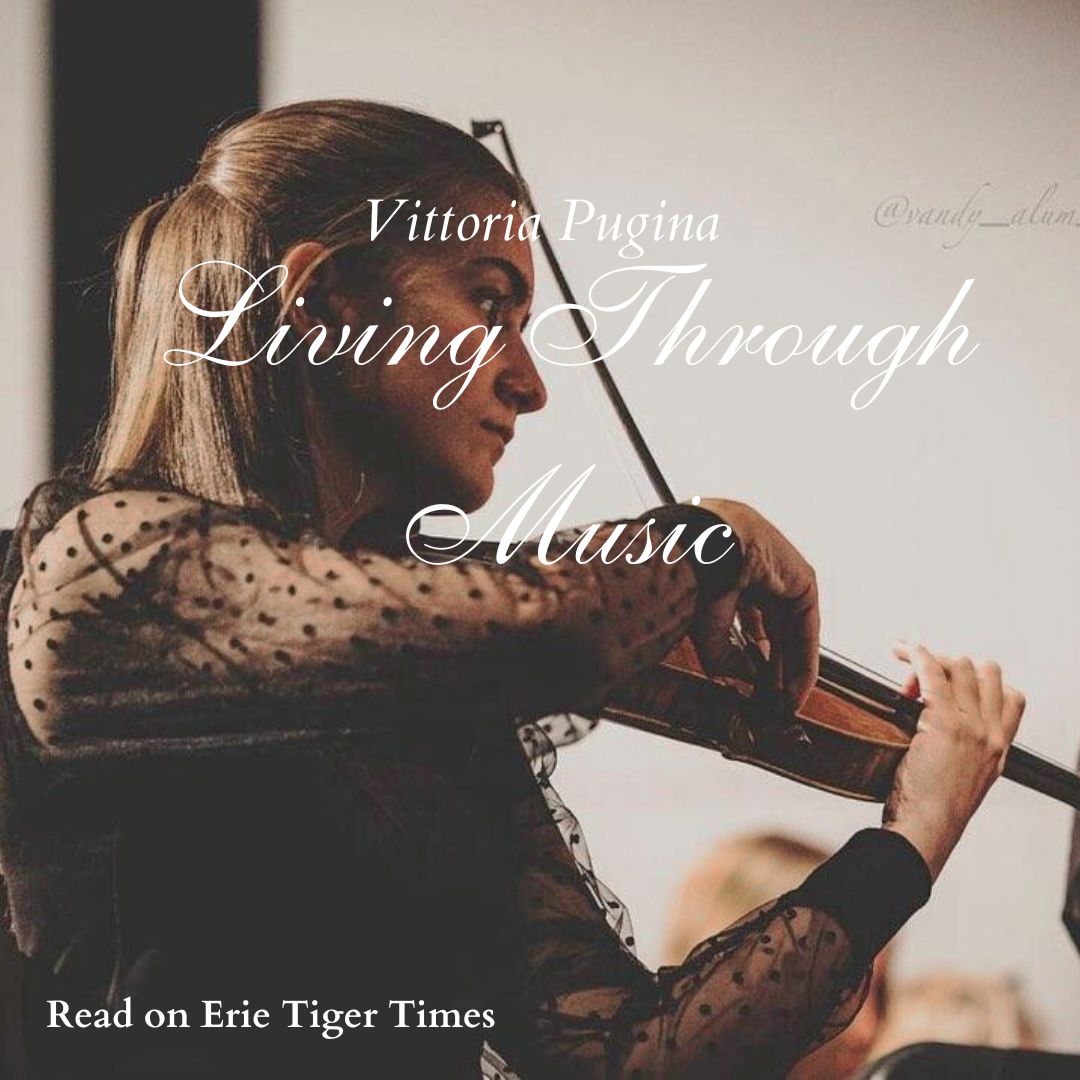
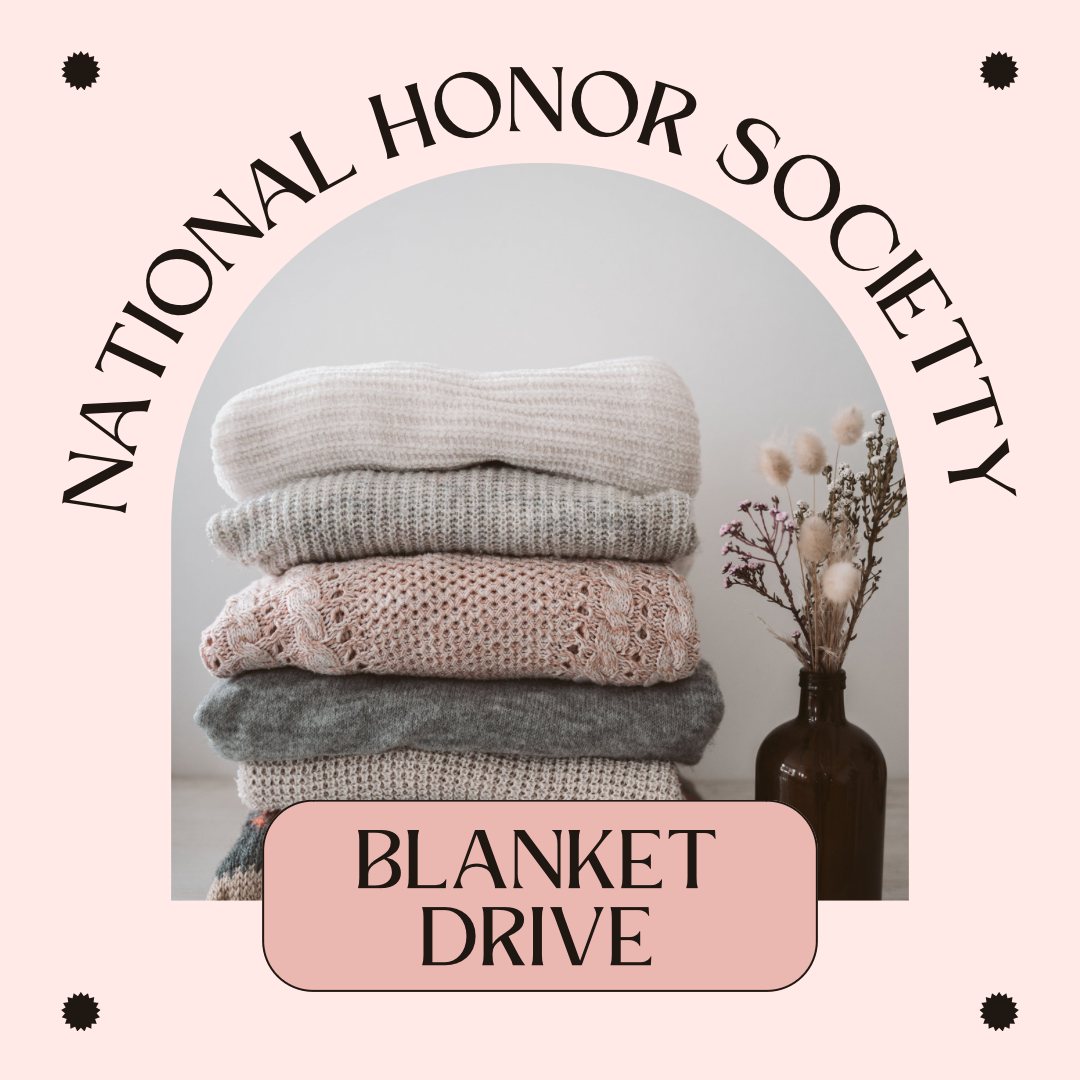



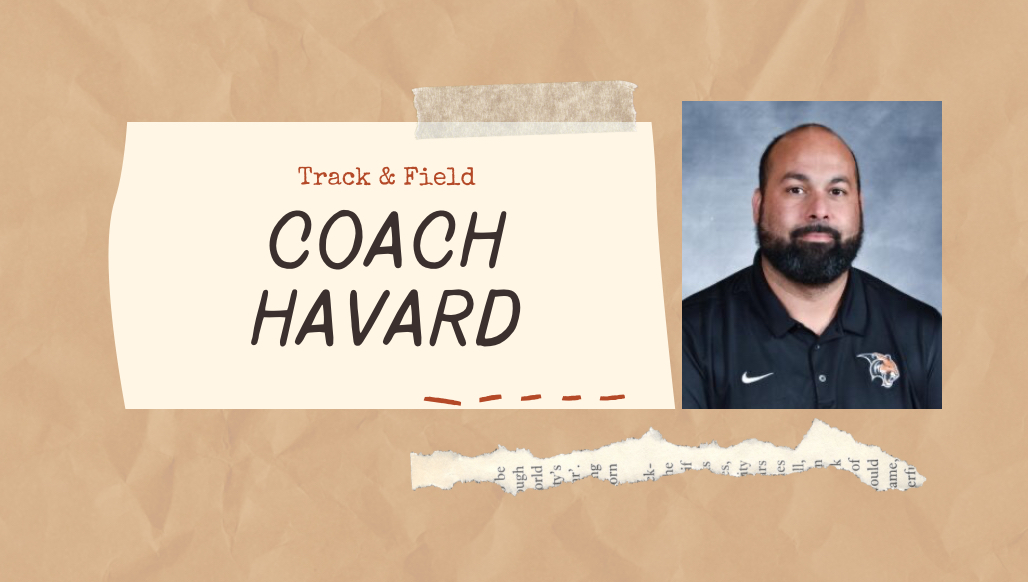


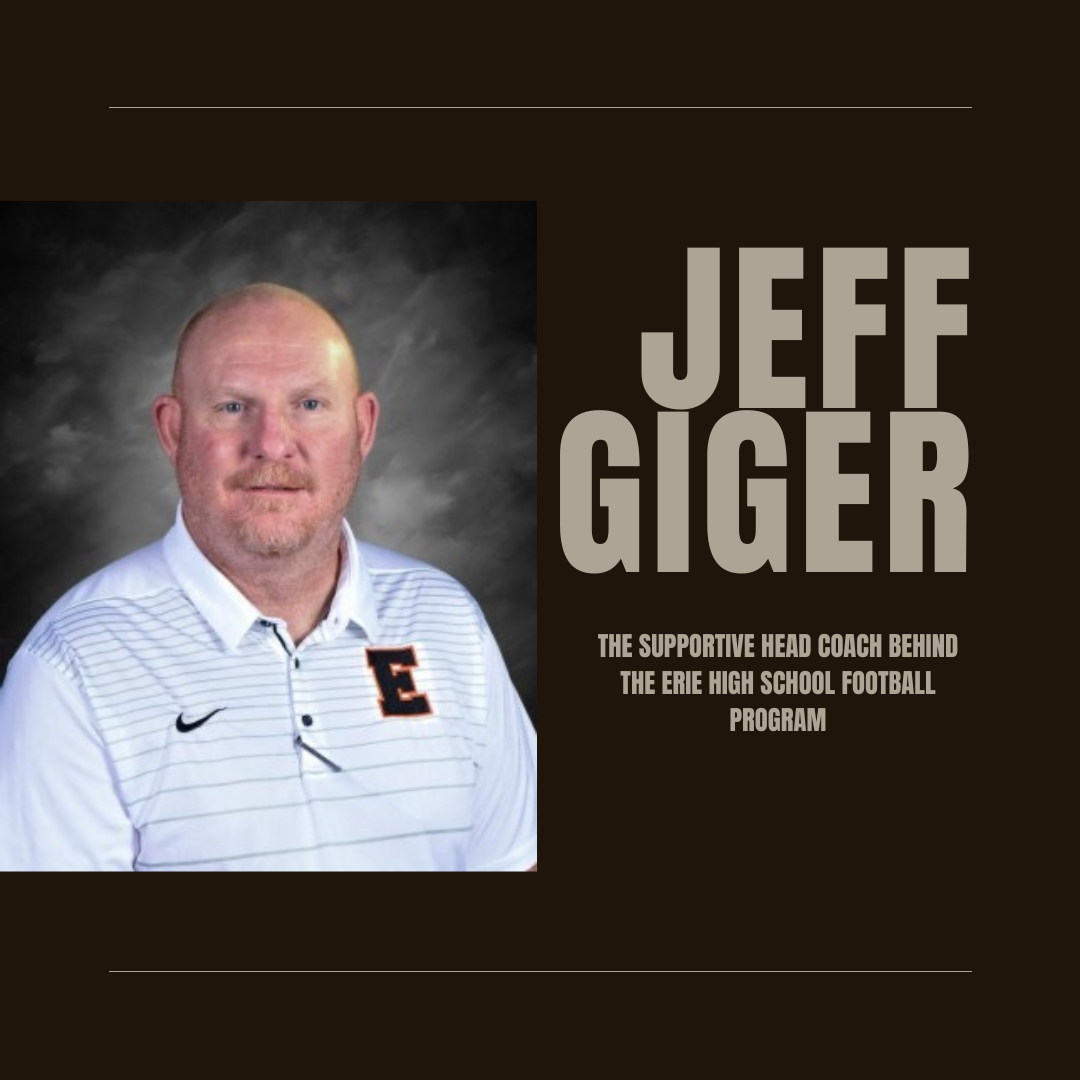


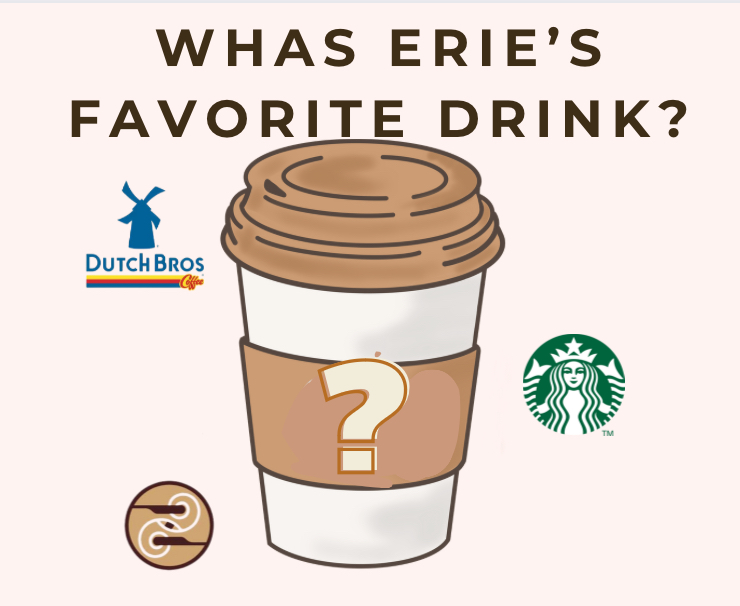
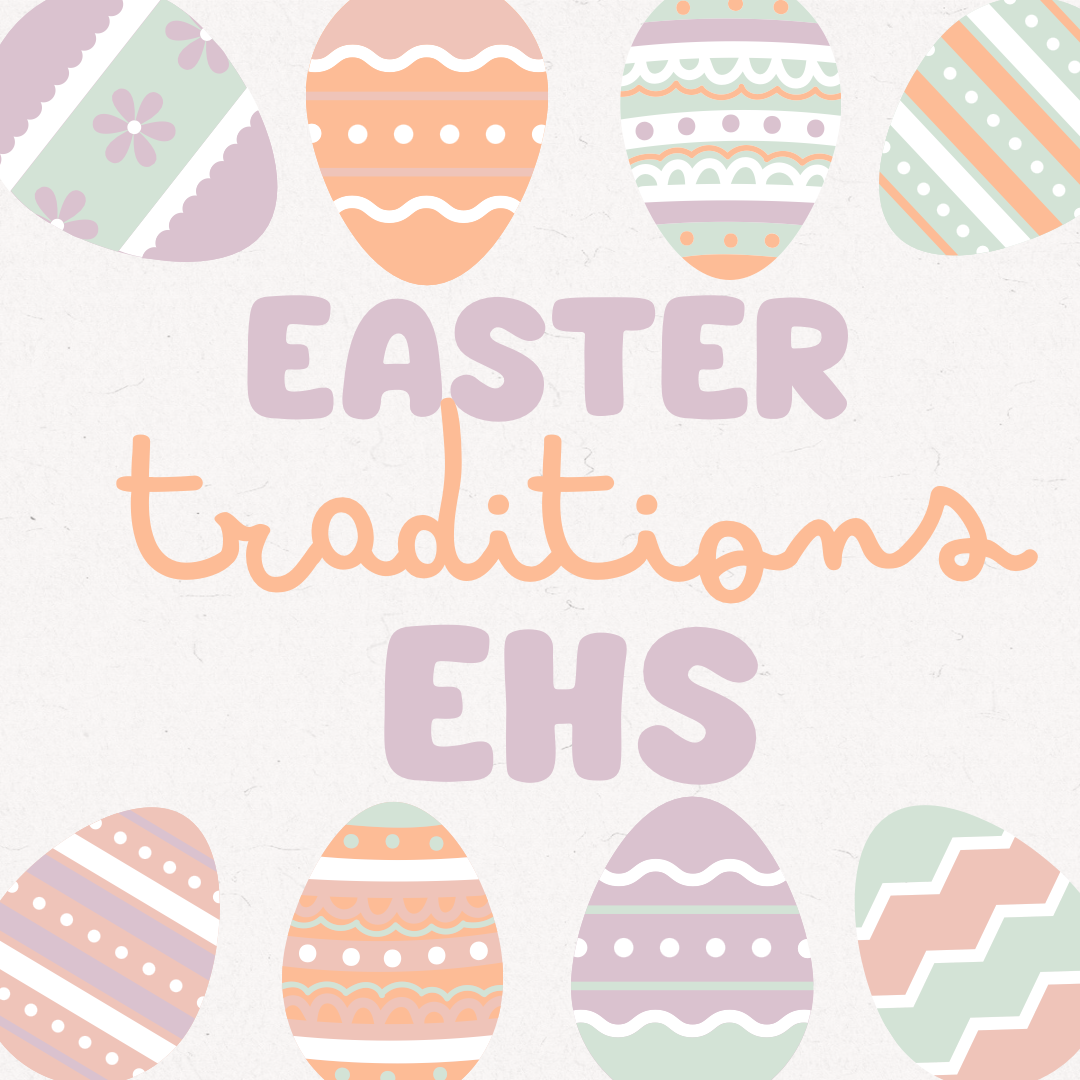
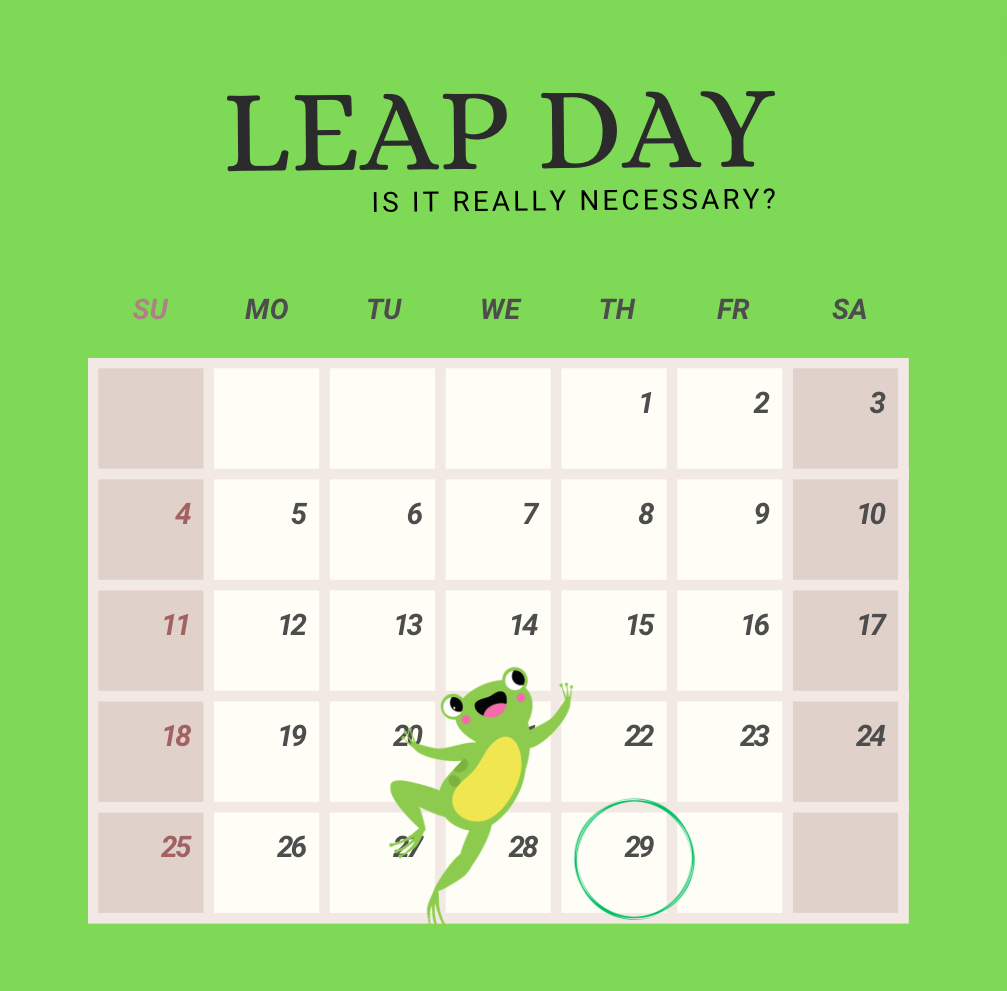
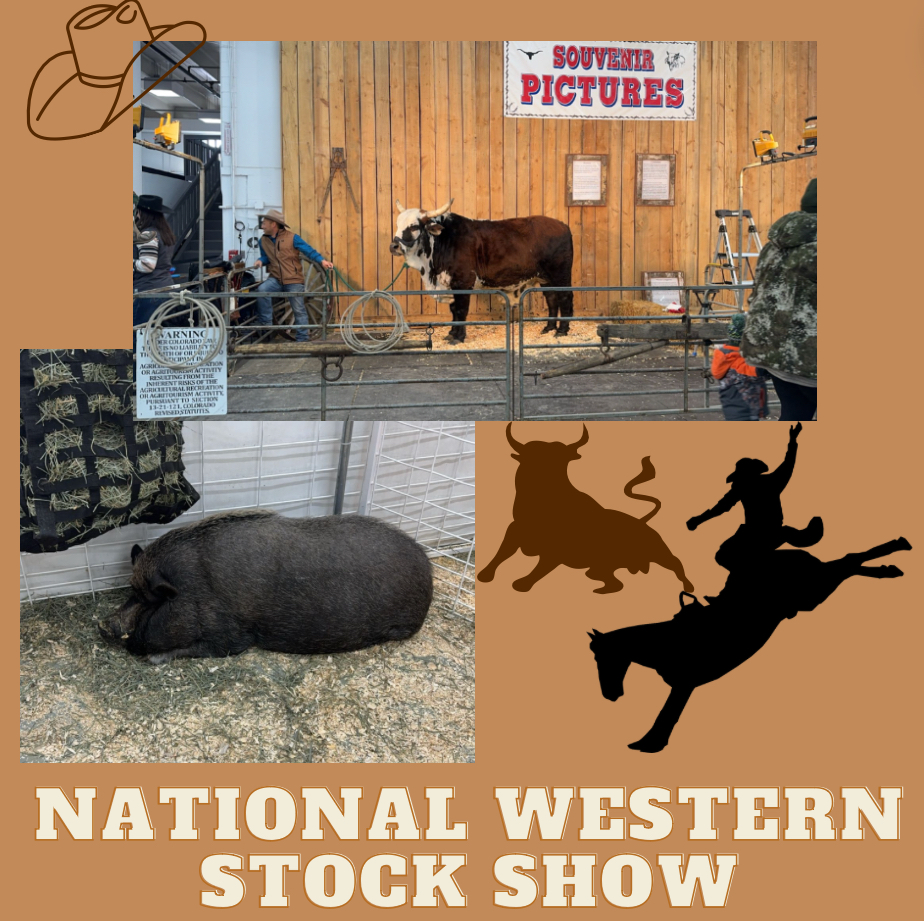

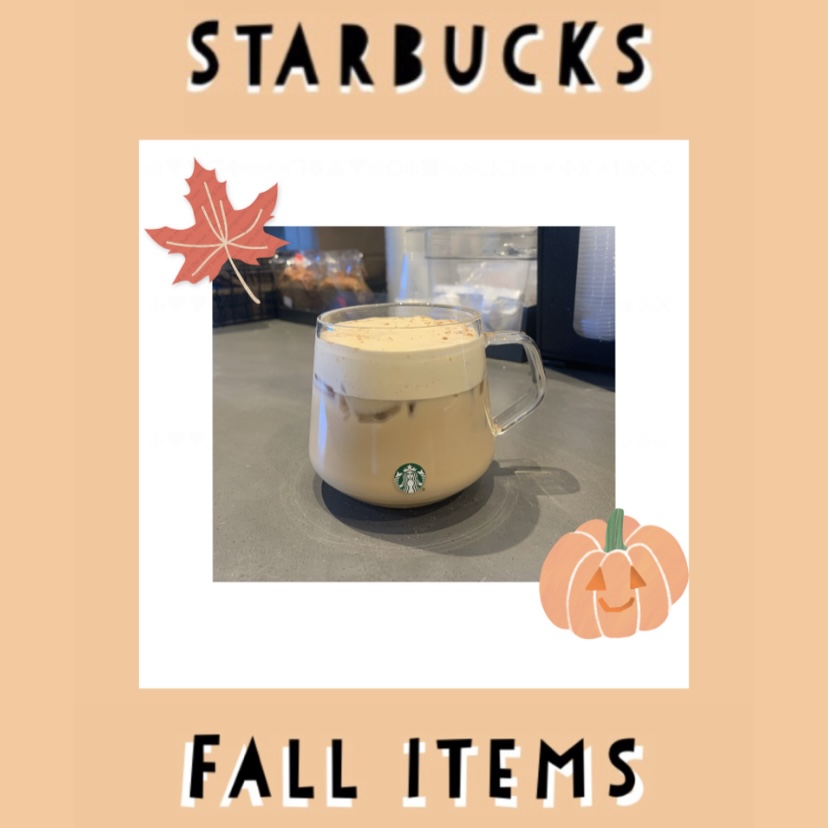





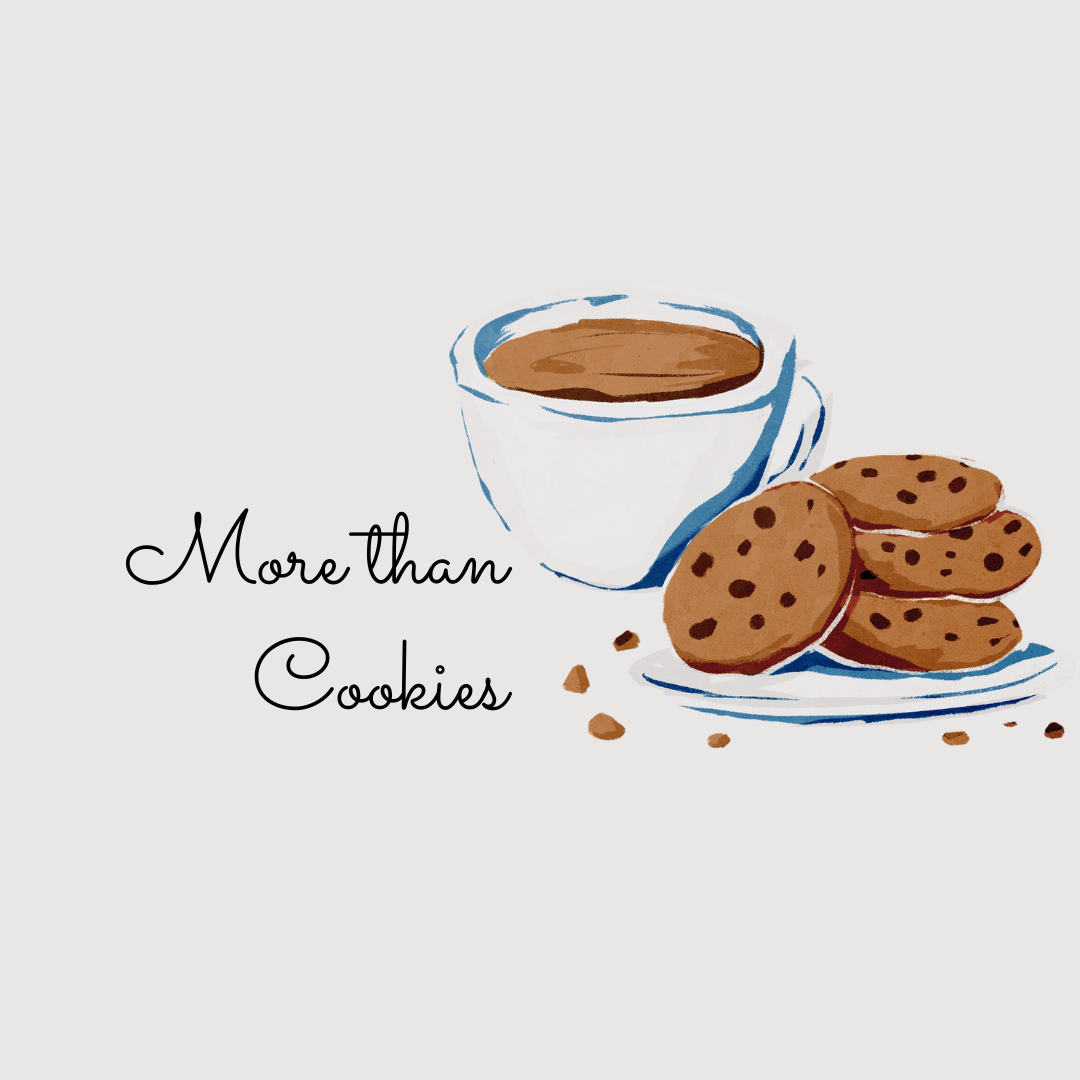
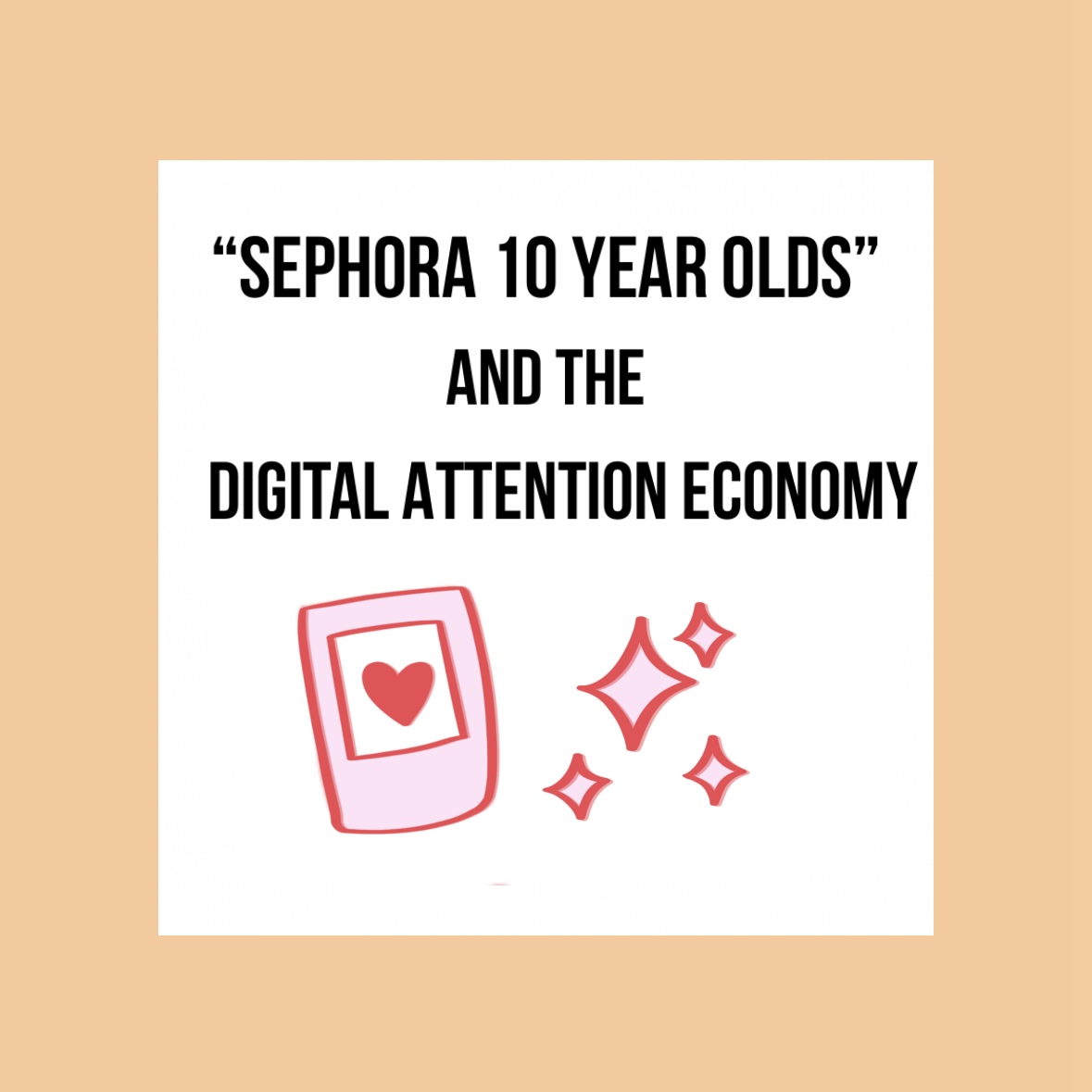
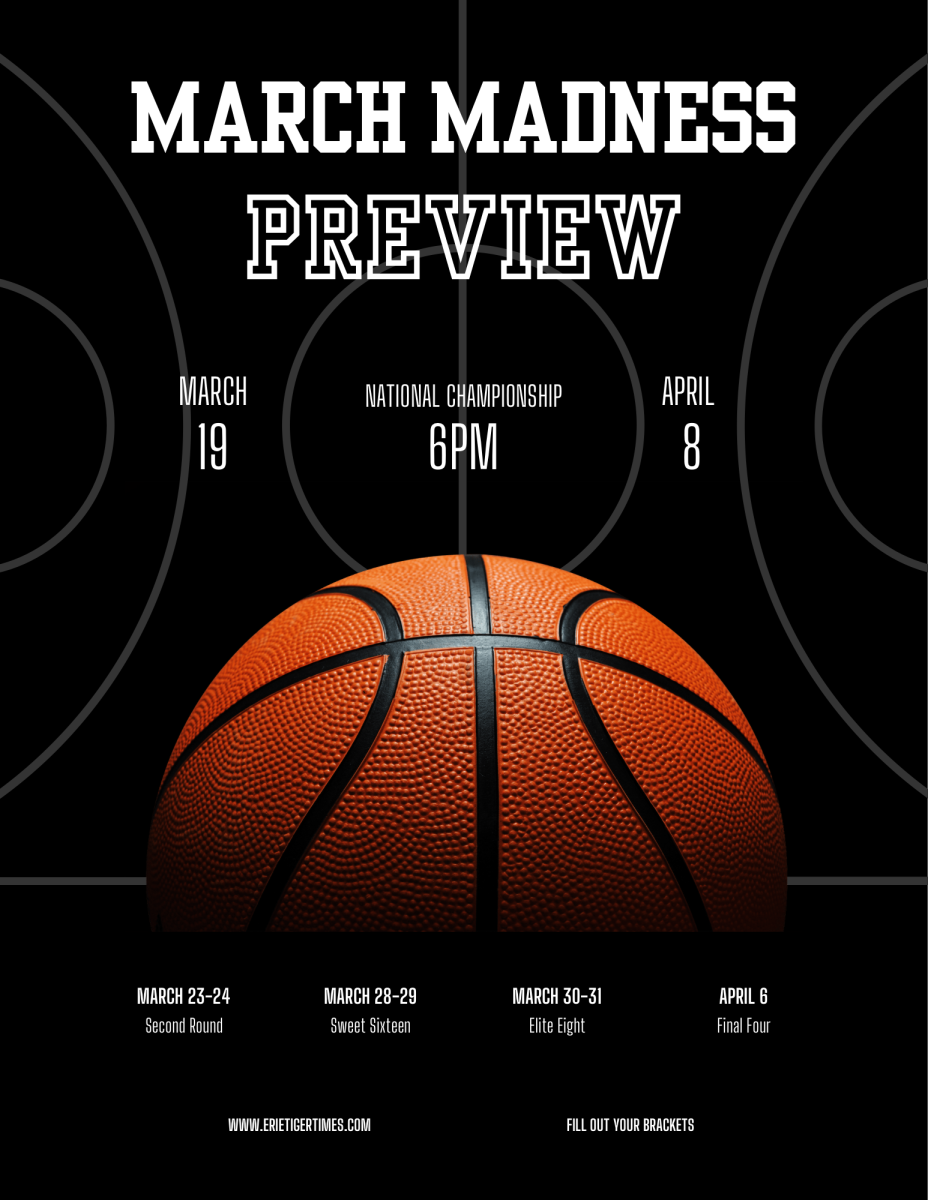
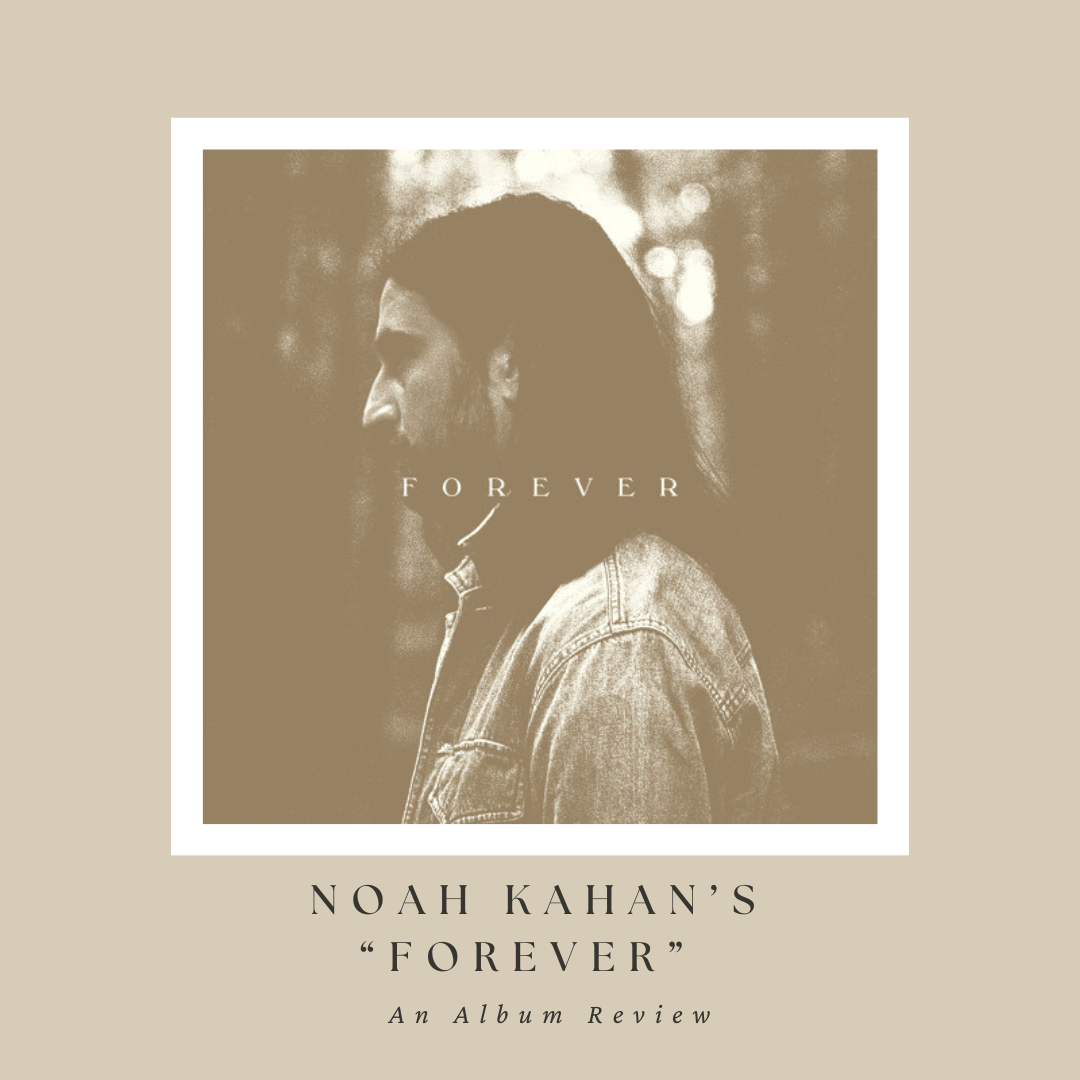

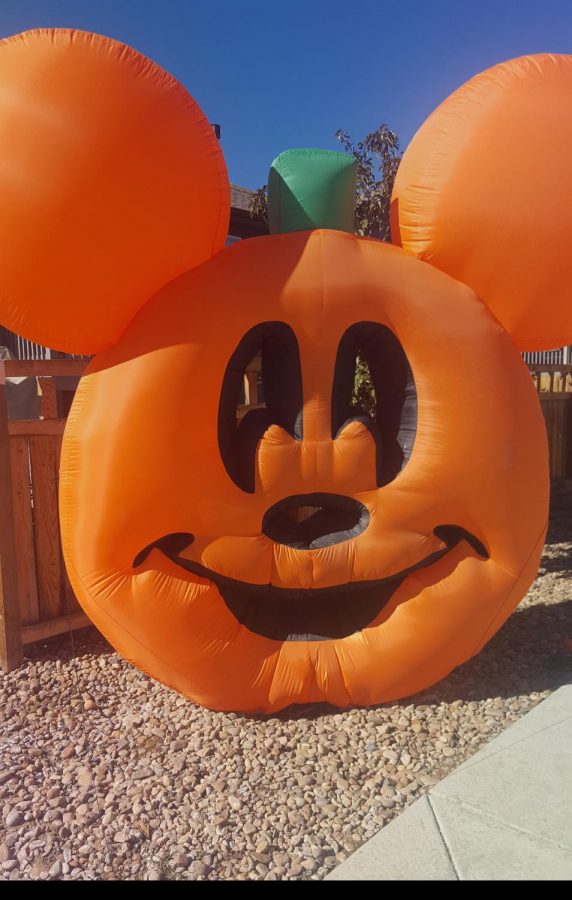




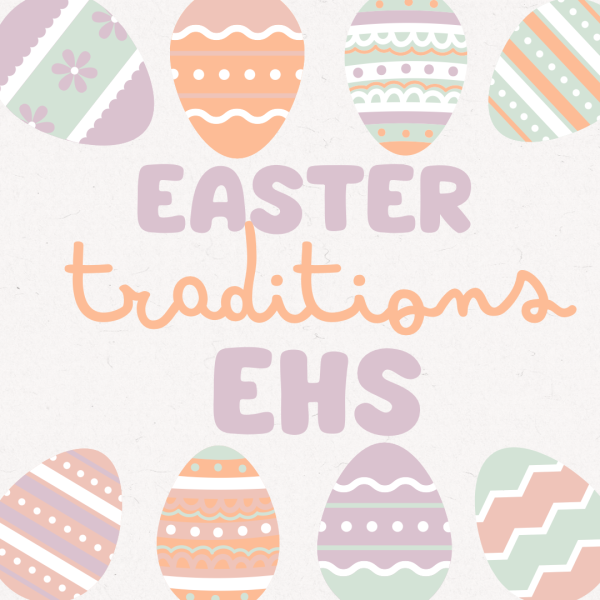
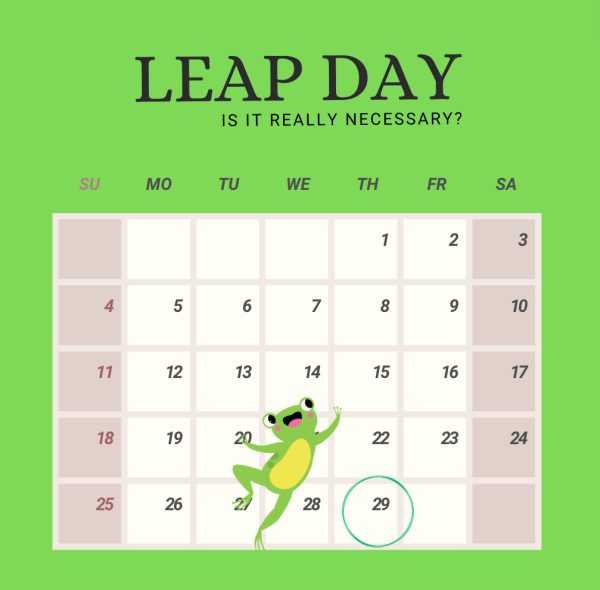



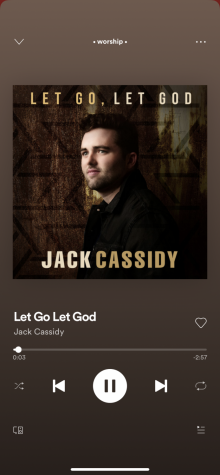
Cammie Arneson • Nov 14, 2020 at 9:25 am
WONDERFUL ARTICLE, JOZLYN! WE(THE WORLD) IS CONTINUALLY CHANGING!